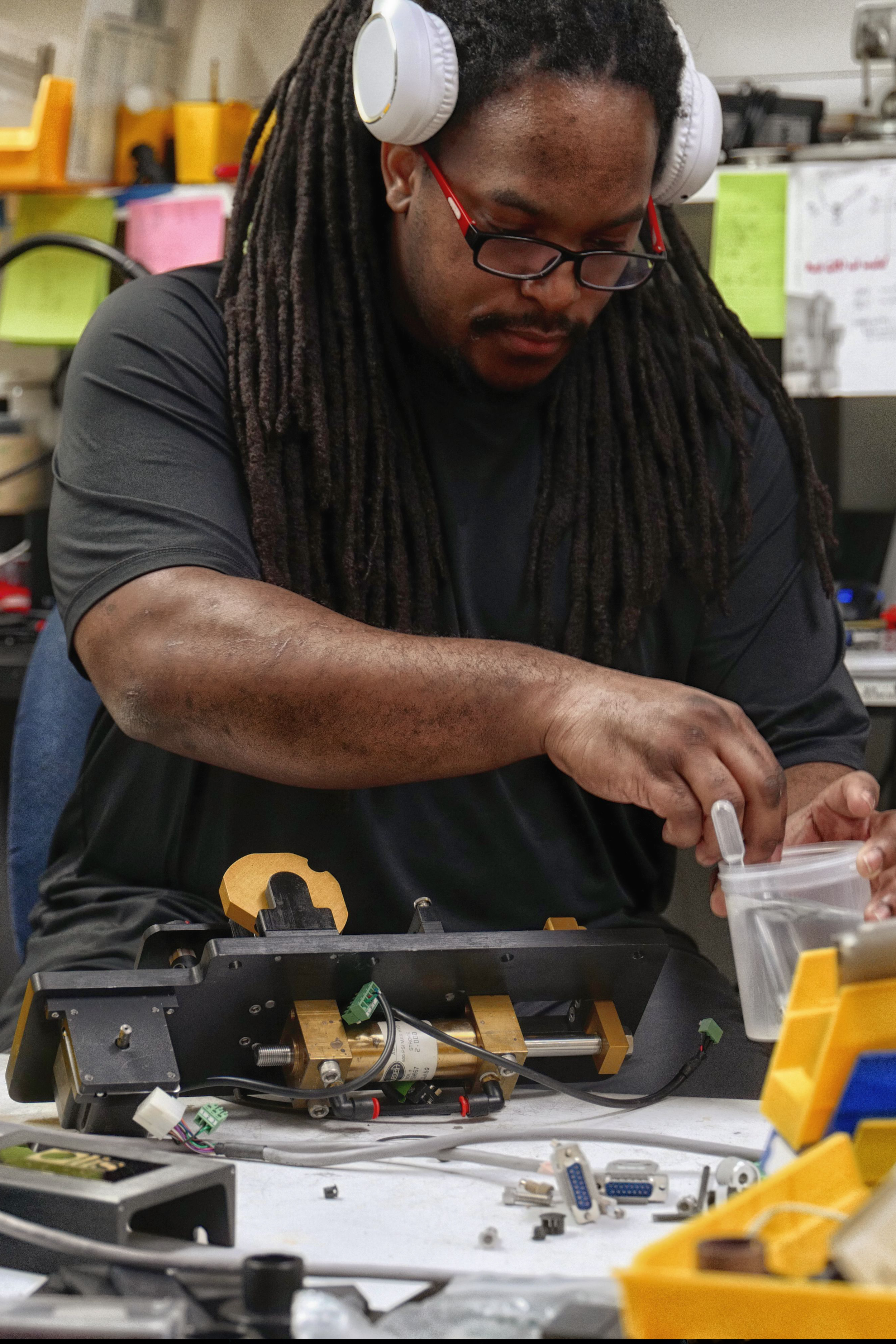The Single Strategy To Use For Uv/vis
Table of ContentsAbout Circular DichroismAbout Uv/visSome Known Incorrect Statements About Circularly Polarized Luminescence About Circular DichroismAll About Spectrophotometers

Spectrophotometry is a tool that hinges on the quantitative analysis of molecules depending on how much light is soaked up by colored substances.
About Spectrophotometers
A spectrophotometer is commonly utilized for the measurement of transmittance or reflectance of options, transparent or nontransparent solids, such as sleek glass, or gases. Numerous biochemicals are colored, as in, they take in noticeable light and for that reason can be determined by colorimetric procedures, even colorless biochemicals can typically be converted to colored substances suitable for chromogenic color-forming responses to yield substances appropriate for colorimetric analysis.: 65 Nevertheless, they can likewise be created to determine the diffusivity on any of the listed light varieties that usually cover around 2002500 nm utilizing different controls and calibrations.
An example of an experiment in which spectrophotometry is utilized is the determination of the stability constant of a service. A specific chain reaction within an option may take place in a forward and reverse direction, where reactants form products and items break down into reactants. At some point, this chain reaction will reach a point of balance called a stability point.
The smart Trick of Spectrophotometers That Nobody is Talking About
The amount of light that goes through the service is indicative of the concentration of certain chemicals that do not enable light to pass through. The absorption of light is because of the interaction of light with the electronic and vibrational modes of molecules. Each type of molecule has an individual set of energy levels associated with the makeup of its chemical bonds and nuclei and hence will absorb light of particular wavelengths, or energies, leading to special spectral residential or commercial properties.
Using spectrophotometers covers different scientific fields, such as physics, materials science, chemistry, biochemistry. circularly polarized luminescence, chemical engineering, and molecular biology. They are commonly used in many industries including semiconductors, laser and optical manufacturing, printing and forensic evaluation, along with in laboratories for the research study of chemical compounds. Spectrophotometry is frequently utilized in measurements of enzyme activities, determinations of protein concentrations, determinations of enzymatic kinetic constants, and measurements of ligand binding reactions.: 65 Ultimately, a spectrophotometer is able to figure out, depending upon the control or calibration, what substances are present in a target and exactly just how much through calculations of observed wavelengths.
Developed by Arnold O. Beckman in 1940 [], the spectrophotometer was created with the aid of his coworkers at his company National Technical Laboratories founded in 1935 which would become Beckman Instrument Company and eventually Beckman Coulter. This would come as a solution to the formerly produced spectrophotometers which were not able to take in the ultraviolet properly.
Uv/vis Can Be Fun For Anyone
It would be discovered that this did not give satisfactory outcomes, therefore in click for source Model B, there was a shift from a glass to a quartz prism which permitted for better absorbance outcomes - circularly polarized luminescence (http://go.bubbl.us/df2308/dba3?/New-Mind-Map). From there, Design C was born with a modification to the wavelength resolution which wound up having 3 systems of it produced
It was produced from 1941 to 1976 where the rate for it in 1941 was US$723 (far-UV accessories were an option at extra expense). In the words of Nobel chemistry laureate Bruce Merrifield, it was "probably the most important instrument ever developed towards the development of bioscience." Once it ended up being ceased in 1976, Hewlett-Packard created the first commercially offered diode-array spectrophotometer in 1979 referred to as the HP 8450A. It irradiates the sample with polychromatic light which the sample soaks up depending on its homes. It is transmitted back by grating the photodiode range which identifies the wavelength area of the spectrum. Given that then, the production and application of spectrophotometry devices has actually increased immensely and has actually ended up being one of the most ingenious instruments of our time.

Facts About Circular Dichroism Revealed
The grating can either be movable or repaired.
In such systems, the grating is fixed and the intensity of each wavelength of light is measured by a different detector in the selection. When making transmission measurements, the spectrophotometer quantitatively compares the portion of light that passes through a reference service and a test solution, then digitally compares the intensities of the two signals and calculates the percentage of transmission of the sample compared to the recommendation requirement.
